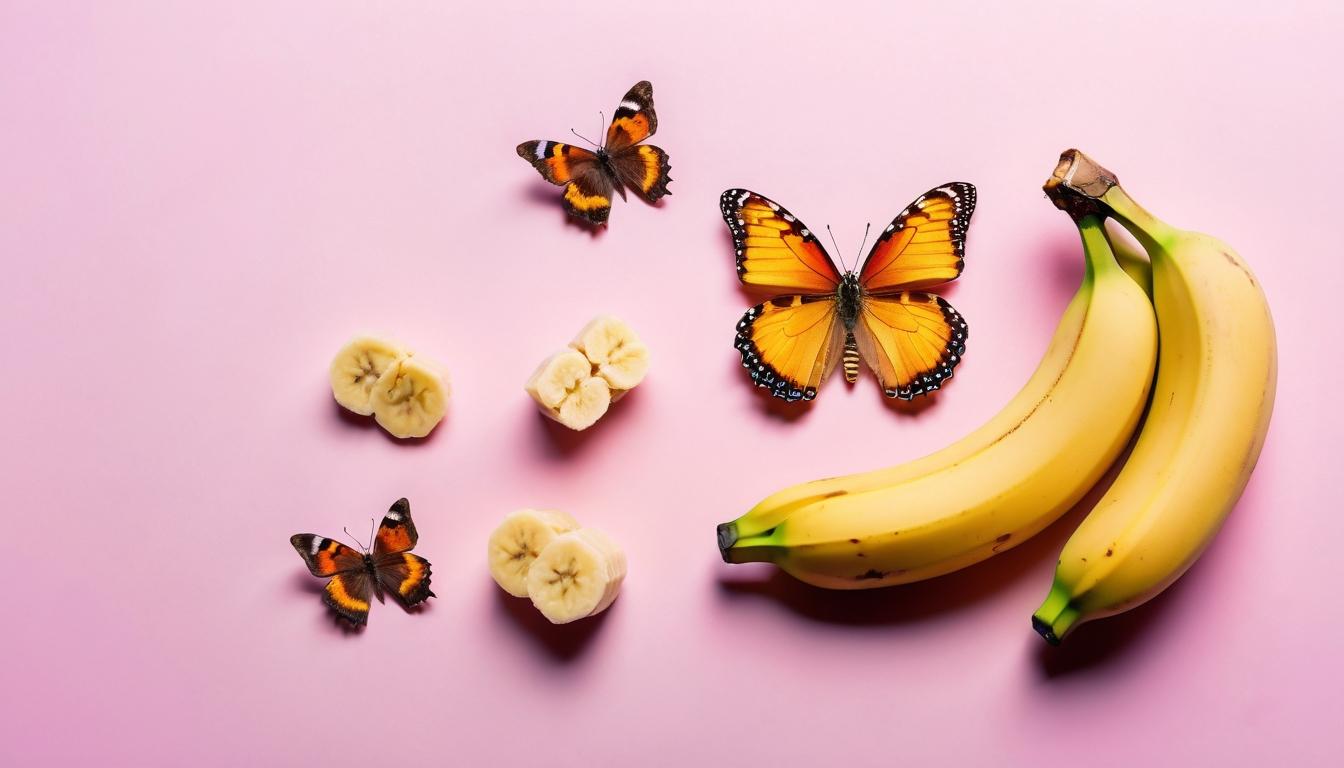Walking through life, we often miss the extraordinary hiding in plain sight. The world is filled with secrets waiting to be discovered—not in ancient ruins or distant galaxies, but in the most mundane corners of our existence. From the food we eat to the animals we share our planet with, reality is far stranger than fiction ever could be.
Consider the humble banana. That curved yellow fruit sitting in your kitchen right now is technically a berry, while strawberries and raspberries aren't berries at all. The botanical classification system reveals that true berries develop from a single flower with one ovary and typically have multiple seeds. Bananas fit this definition perfectly, while what we call strawberries are actually "accessory fruits" where the fleshy part comes from the receptacle that holds the ovaries. This isn't just academic trivia—it's a reminder that our everyday assumptions about the world are often completely wrong.
Speaking of food misconceptions, honey never spoils. Archaeologists have found pots of honey in ancient Egyptian tombs that remain perfectly edible after thousands of years. The secret lies in honey's chemical composition—it's naturally low in moisture and high in acidity, creating an environment where bacteria and microorganisms simply can't survive. This natural preservative quality made honey so valuable to ancient civilizations that it was often used in religious ceremonies and as currency.
Moving from the kitchen to the animal kingdom, prepare to have your understanding of color perception turned upside down. Butterflies can see ultraviolet light, revealing patterns on flowers and other butterflies that are completely invisible to human eyes. These UV patterns act like landing strips, guiding butterflies to nectar sources and potential mates. Meanwhile, mantis shrimp have the most complex visual system in the animal kingdom, with up to 16 color receptors compared to our mere three. They can see polarized light and multiple spectra simultaneously, experiencing a rainbow we can't even imagine.
Speaking of marine life, octopuses have three hearts and blue blood. Two hearts pump blood through the gills while the third circulates it through the rest of the body. Their blood contains hemocyanin, a copper-based protein that turns blue when oxygenated, unlike our iron-based hemoglobin that creates red blood. This adaptation helps octopuses survive in cold, low-oxygen environments. Even more fascinating, each of their eight arms contains a mini-brain that can operate independently, allowing them to multitask in ways that would make any productivity expert jealous.
The natural world isn't the only place hiding surprises. Human inventions and everyday objects have their own secret histories. The QWERTY keyboard layout wasn't designed to slow typists down—that's a persistent myth. It was actually created to prevent mechanical typewriter keys from jamming by separating commonly used letter pairs. The design worked so well that it became standard, surviving the transition to digital technology despite more efficient layouts being available.
Meanwhile, the little plastic tips on your shoelaces are called aglets, and their purpose goes beyond just making lacing easier. They prevent the lace from fraying and help guide the lace through eyelets. The word "aglet" comes from the Old French "aguillette," meaning "needle," reflecting their original metal construction. Such small innovations often go unnoticed, yet they solve practical problems we rarely stop to consider.
Our own bodies contain mysteries that science is still unraveling. Your stomach lining completely regenerates every three to four days to prevent it from digesting itself with powerful hydrochloric acid. Without this rapid cellular turnover, your stomach would literally eat through its own tissue. The human body produces about 25 million new cells each second, meaning by the time you finish reading this sentence, your body will have created millions of fresh cells.
Even time itself holds surprises. The concept of time zones is a relatively recent human invention, standardized only in the late 19th century with the expansion of railroad systems. Before that, towns kept their own local time based on the sun's position. The need for coordinated schedules led to the division of the world into 24 time zones, creating the system we take for granted today. Some countries, like China, use a single time zone despite spanning what would naturally be five different zones.
Language contains its own hidden patterns. "E" is the most common letter in English, appearing in about 11% of all words, while "Z" appears in only 0.07%. The longest word in English without repeating any letters is "uncopyrightable," though "subdermatoglyphic" (17 letters) comes close. These linguistic quirks reveal the mathematical patterns underlying human communication, showing that even our most creative endeavors follow invisible rules.
Perhaps the most mind-bending reality is that you're never truly touching anything. When you press your hand against a table, the electromagnetic forces between atoms prevent actual contact. What we perceive as solid touch is really just repulsion between electron clouds. At the quantum level, everything is mostly empty space, with atoms consisting of tiny nuclei surrounded by vast electron orbitals. The solid world we experience is an illusion created by forces we can't even feel.
These facts aren't just interesting trivia—they're windows into understanding how much we still have to discover about our world. They remind us that curiosity is a superpower, and that looking closer at the ordinary often reveals the extraordinary. The next time you eat a banana, tie your shoes, or simply touch a surface, remember that you're interacting with layers of complexity and history that make everyday life anything but ordinary.
The hidden world of everyday oddities: surprising facts that will change how you see everything

